Intro
The Cheval lorrain, or Haretard which is not an endearing nickname, rather a moniker for poorly bred horses, looked upon with contempt. France has almost always produced fine horseflesh.
Read more
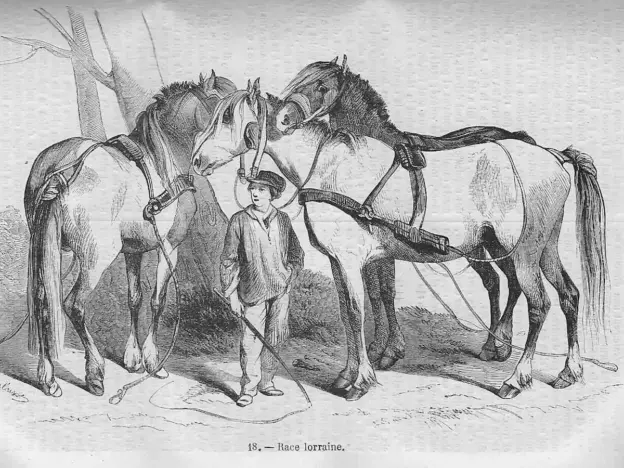
The Cheval lorrain, or Haretard which is not an endearing nickname, rather a moniker for poorly bred horses, looked upon with contempt. France has almost always produced fine horseflesh.
Read more
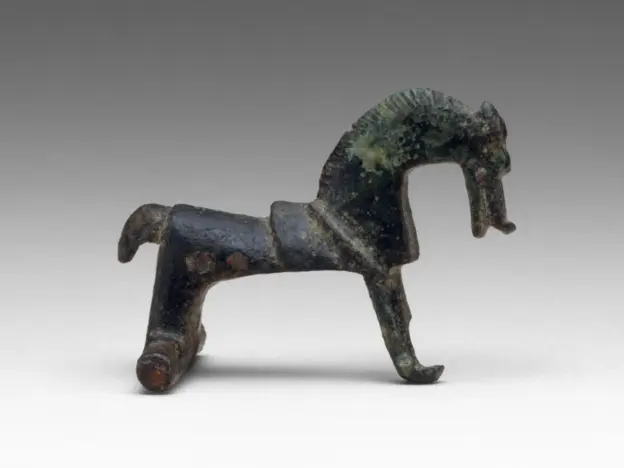
There are a number of pony breeds which can be called Celtic, most of them are related to one another on some level. The original was a wild horse found on the British Isles and parts of Western Europe, which as the name suggests, was probably domesticated by the Celts
Read more
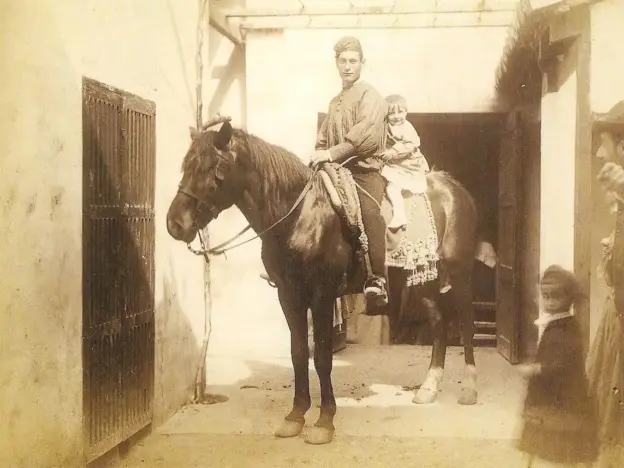
Now extinct, the Catalan horse is an ancestor of today’s Catalan Pyrenean horse. This was a breed of saddle horse that was bred specifically in Catalonia, from where they get their name.
Read more
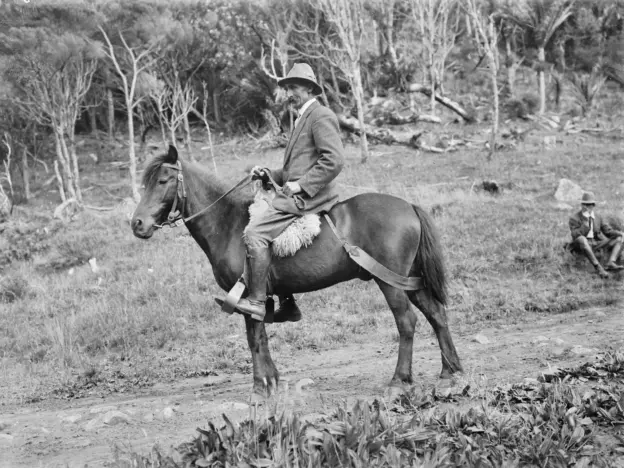
The Carlyon Pony was not an official breed, they were the result of imported Exmoor Ponies crossed with local animals of New Zealand.
Read more
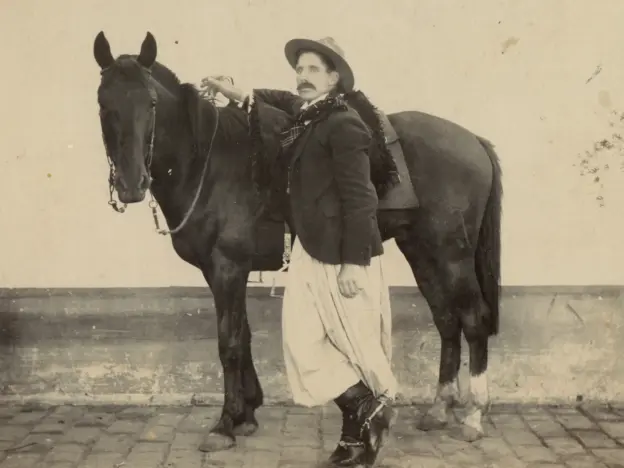
A predecessor to the Criollo Uruguayo, the Canelón was the first national horse of Uruguay, probably bred in the Canelones region from which it takes its name. Known as a fine and adaptable saddle horse, with fast, agile movement.
Read more
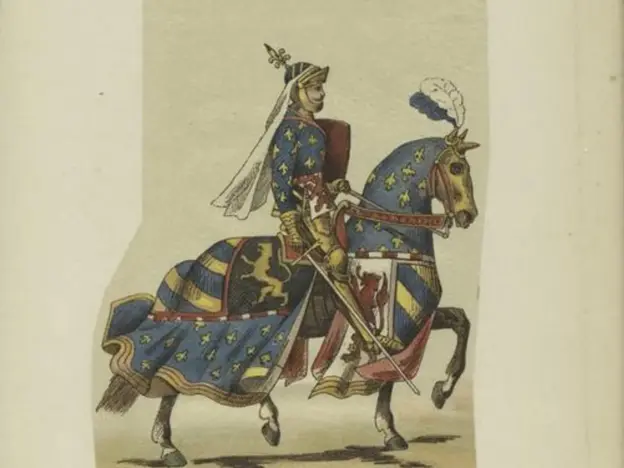
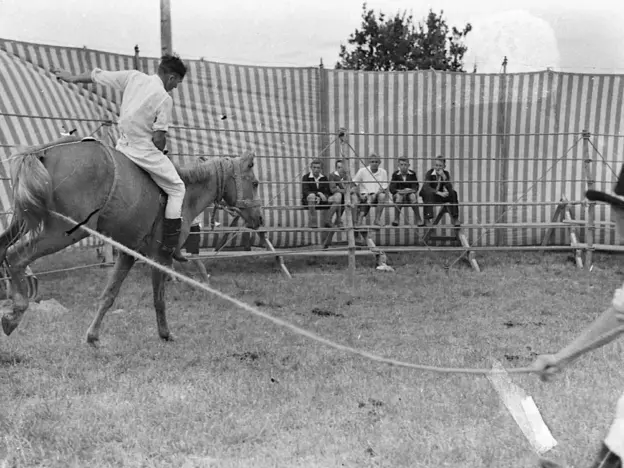
Like the feral horses of the Americas, Australia has pockets of herds in various parts of the country. While the may have similar lineage, over time they have developed localized characteristics, making their bloodlines unique today.
Read more
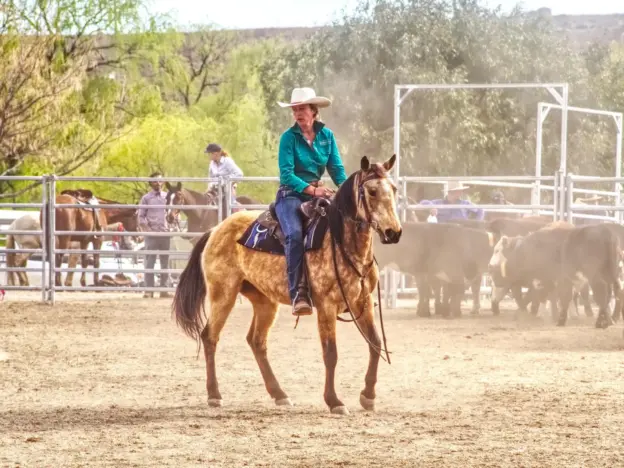
The wild Brumby horses of Australia are known by horse lovers worldwide (especially the ones from Snowy River), but there are pockets of herds throughout the continent. Far enough away from each other that their bloodlines have become unique over the years.
Read more
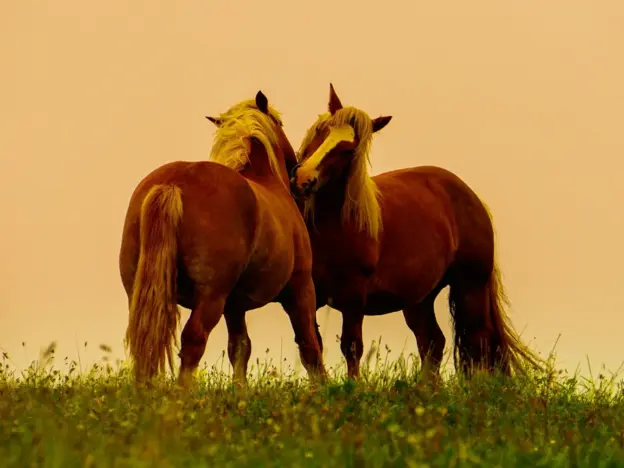
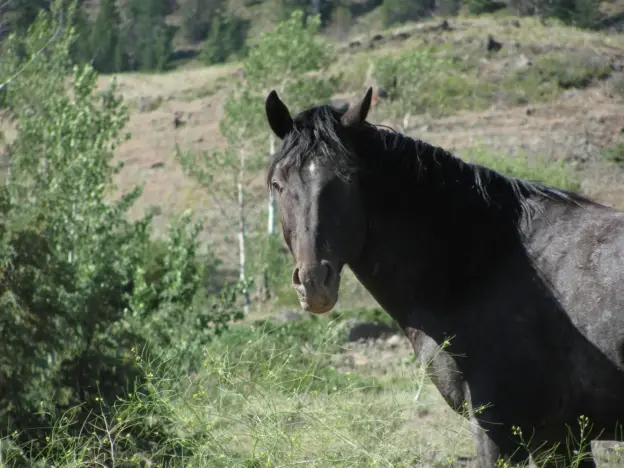
The Brittany Triangle Horse is a feral horse found in British Columbia, Canada. They were originally released into a wild region of over 150,000 hectares.
Read more